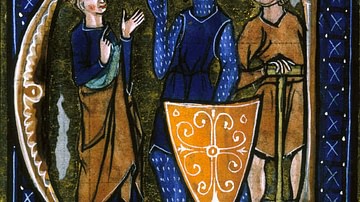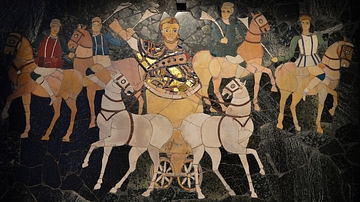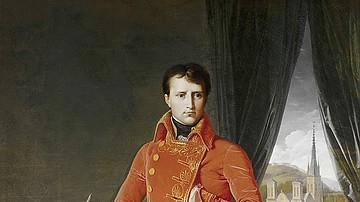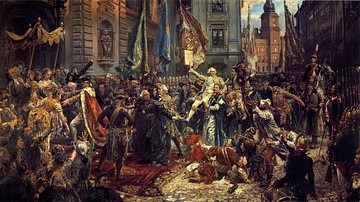Illustration
This infographic illustrates the complexity and layered dynamics of Ancient Roman society. Structured by wealth, citizenship, ancestry, political privilege, and freedom, Roman social order was rigid yet fluid. Although status was sharply defined—especially by gender, with women’s roles tied to fathers or husbands—individuals could move between social contexts, creating overlapping hierarchies and shifting influence.
Despite legal distinctions between classes, Roman society was marked by constant interaction across its strata. The Roman Republic, with its emphasis on law, civic duty, and representation, became a powerful political model. Its legacy endures today, notably in the structure and principles of the United States government.
About the Author
Cite This Work
APA Style
Netchev, S. (2023, May 09). Ancient Roman Society and Social Order. World History Encyclopedia. Retrieved from https://www.worldhistory.org/image/17368/ancient-roman-society-and-social-order/
Chicago Style
Netchev, Simeon. "Ancient Roman Society and Social Order." World History Encyclopedia. Last modified May 09, 2023. https://www.worldhistory.org/image/17368/ancient-roman-society-and-social-order/.
MLA Style
Netchev, Simeon. "Ancient Roman Society and Social Order." World History Encyclopedia. World History Encyclopedia, 09 May 2023, https://www.worldhistory.org/image/17368/ancient-roman-society-and-social-order/. Web. 06 May 2025.








